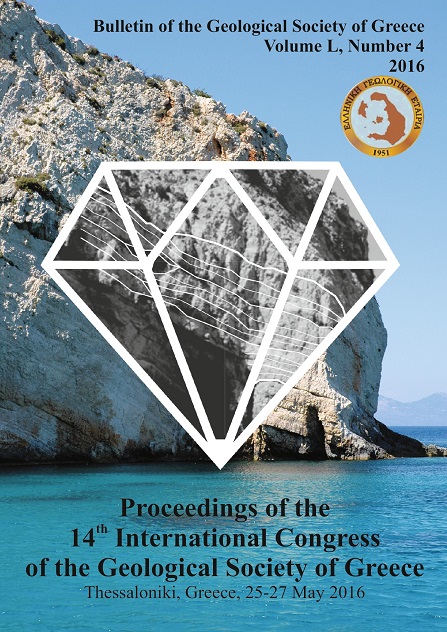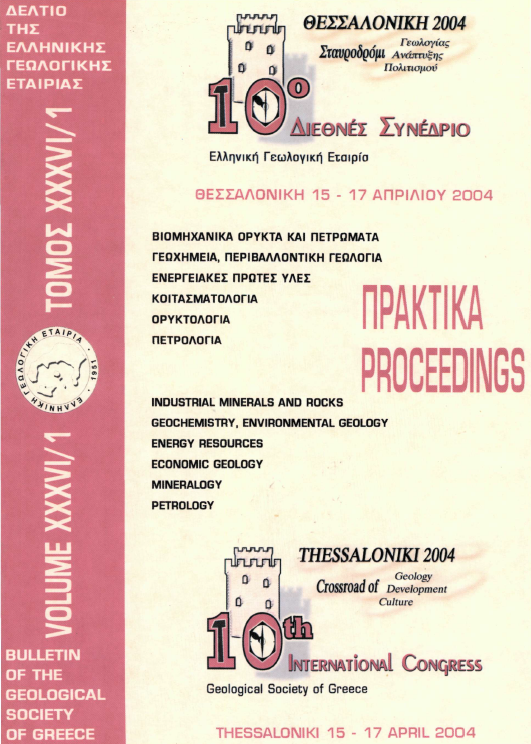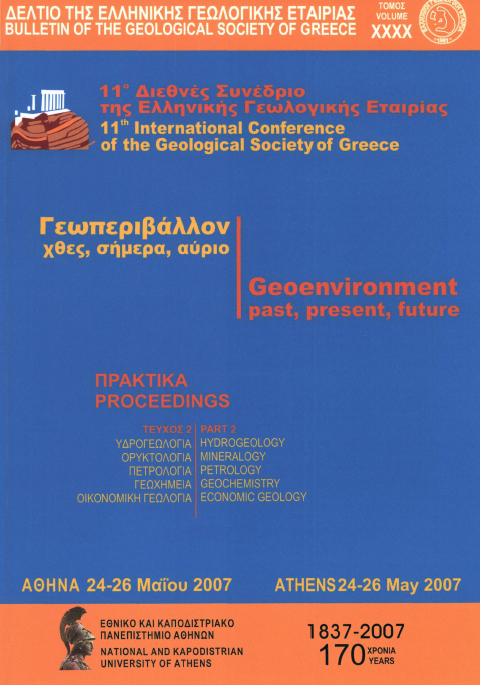COMPARATIVE STUDY OF PHYSICOMECHANICAL PROPERTIES OF ULTRABASIC ROCKS AND ANDESITES FROM CENTRAL MACEDONIA (GREECE)

Abstract
Petrographic, geochemical and physicomechanical features were determined and inter-correlated in two representative ultrabasic samples from the Veria-Naousa ophiolite and two Pliocenic andesite samples, occurring at the east of the above complex. Results show that mineralogical and textural features are major factors affecting the physicomechanical properties in both lithotypes. The ultrabasic rocks display higher resistance to attrition and abrasion and lower water absorption values relative to the intermediate volcanic rocks, hence the first are predicted to show better in-service engineering performance. However, the degree of serpentinisation is detrimental, as a highly serpentinised ultrabasic sample yielded poor results, analogous to the andesites, in certain laboratory tests. Ophiolite complexes in Greece are abundant and they are distributed along several mainland areas. Hence setting evaluation criteria for their quality is important as they can potentially replace limestones, which are less resistant and durable, in several environmental and industrial applications
Article Details
- How to Cite
-
Petrounias, P., Rogkala, A., Kalpogiannaki, M., Tsikouras, B., & Hatzipanagiotou, K. (2016). COMPARATIVE STUDY OF PHYSICOMECHANICAL PROPERTIES OF ULTRABASIC ROCKS AND ANDESITES FROM CENTRAL MACEDONIA (GREECE). Bulletin of the Geological Society of Greece, 50(4), 1989–1998. https://doi.org/10.12681/bgsg.11945
- Section
- Petrology and Mineralogy

This work is licensed under a Creative Commons Attribution-NonCommercial 4.0 International License.
Authors who publish with this journal agree to the following terms:
Authors retain copyright and grant the journal right of first publication with the work simultaneously licensed under a Creative Commons Attribution Non-Commercial License that allows others to share the work with an acknowledgement of the work's authorship and initial publication in this journal.
Authors are able to enter into separate, additional contractual arrangements for the non-exclusive distribution of the journal's published version of the work (e.g. post it to an institutional repository or publish it in a book), with an acknowledgement of its initial publication in this journal. Authors are permitted and encouraged to post their work online (preferably in institutional repositories or on their website) prior to and during the submission process, as it can lead to productive exchanges, as well as earlier and greater citation of published work.





